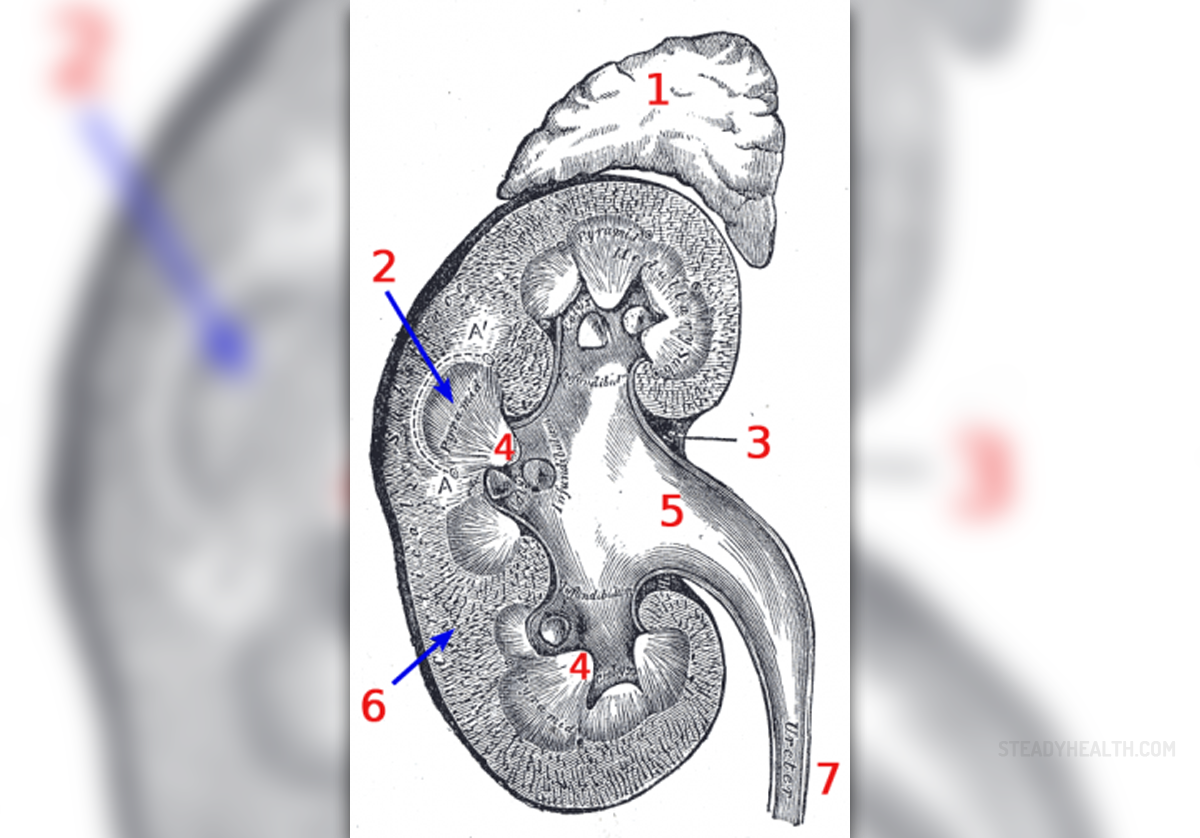
Kidneys - under themicroscope
When it comes to theglandular substance, it needs to be pointed out that it is separated into twoparts, i.e. the external part (convex) or cortex and the internal one (concave)or medulla. If looked more carefully, and upon dissection, it can be observedthat there exists an area that is a kind of a zone-divider, known as theboundary layer. Also important to mentions is that this entire organ isshrouded in a membrane, fibrous in nature. Going into even moredetails, the above mentioned medulla is the one in which pyramids of the kidneyare located, deriving another of its names – pyramidal portion. In addition, each pyramid’s uppermost point (i.e.papilla) projects into the cup-like part of the kidneys (i.e. calyx). As far asthe foundation is concerned, it is pointed in the direction of the corticalsubstance, and is responsible for sending prolongations to it.
What a closer investigationof the cortical substance reveals is that it consists of two different kinds oftissue, which run parallel one to another. One of them is of fibrous outlookand it represents the extension of the pyramids, whereas the other is locatedbetween the extensions and is of a granular outlook. This tissue is also knownto hold in it a number of tiny bodies, red in color. As for the boundary layer, its maincharacteristic is quite a large quantity of blood vessels, of which some areknown to form the arcade. Prior to making contact with the kidney, the renalartery spreads into branches that come in contact and pierce the medulla rightin between the pyramids, ascending in the direction of the cortical substanceall the way to the boundary layer. Once reaching it, they divide, forming rightangles and giving off tinier additional branches, which are of arched outlook.Important to notice is that, despite the fact that the pyramidal extensionscome extremely close to the capsule of the kidney, they do not make contact.
The substance that isfound inside the kidneys consists of tubules (both secreting and collecting), vessels and the stroma that is responsible for filling the in-betweentubules area. Having adults in mind, the connective material in question ispresent in minor amounts, in a form of, it could be said, colloid substance. Youngerinfants have much greater quantities of this tissue, but as they grow up, theseamounts tend to decrease.


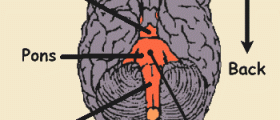
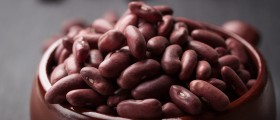

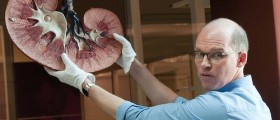

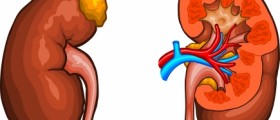




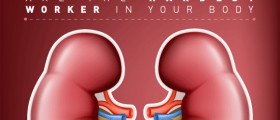
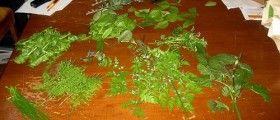



Your thoughts on this
Loading...